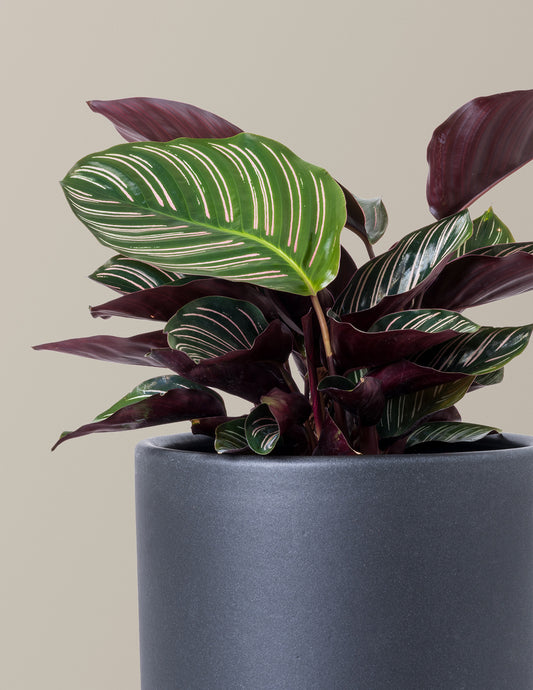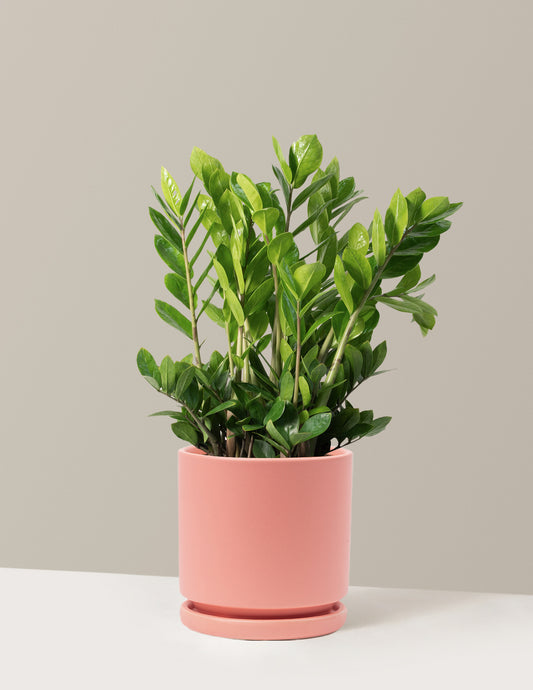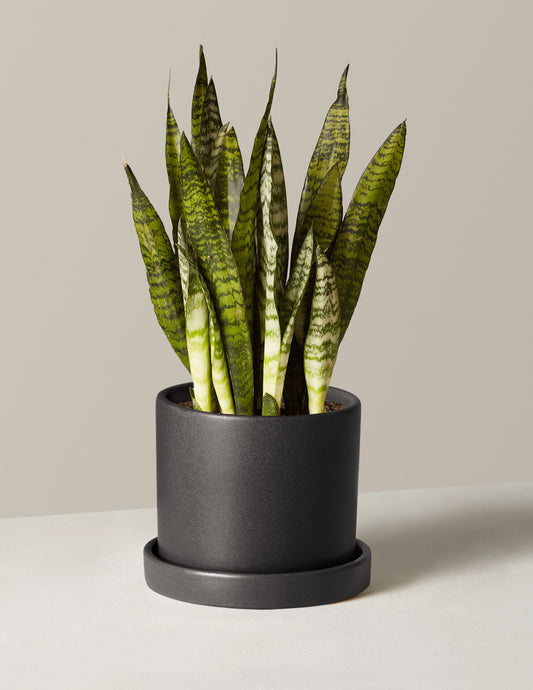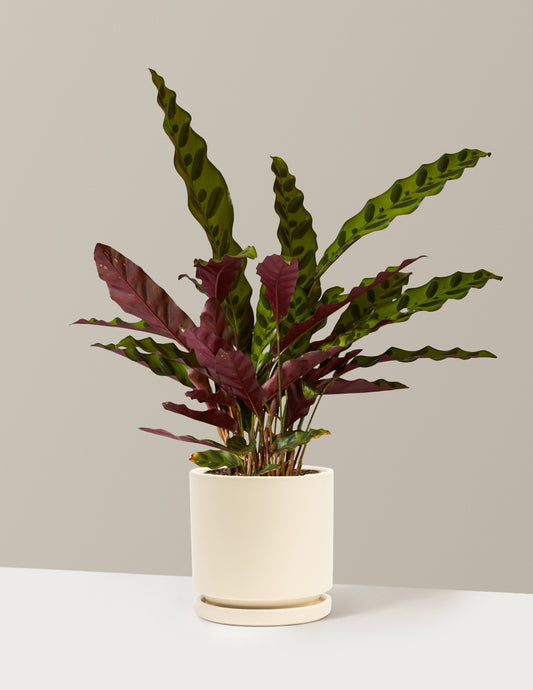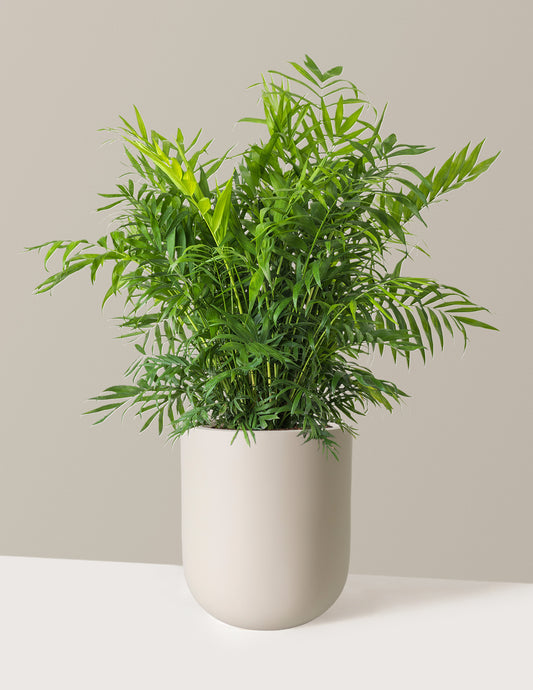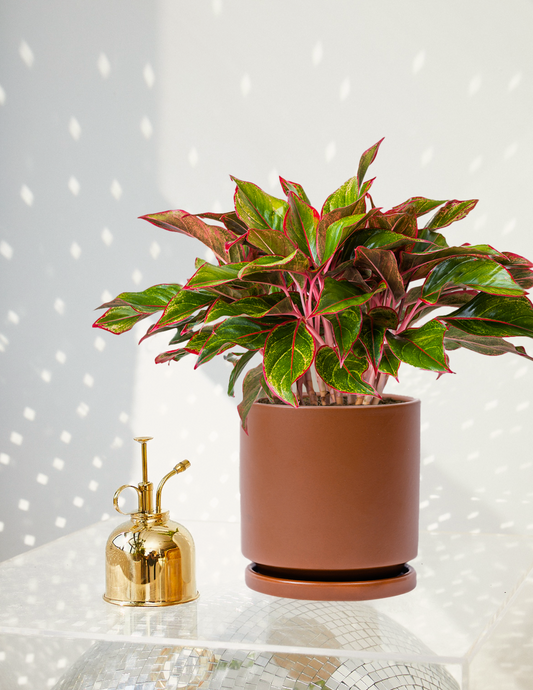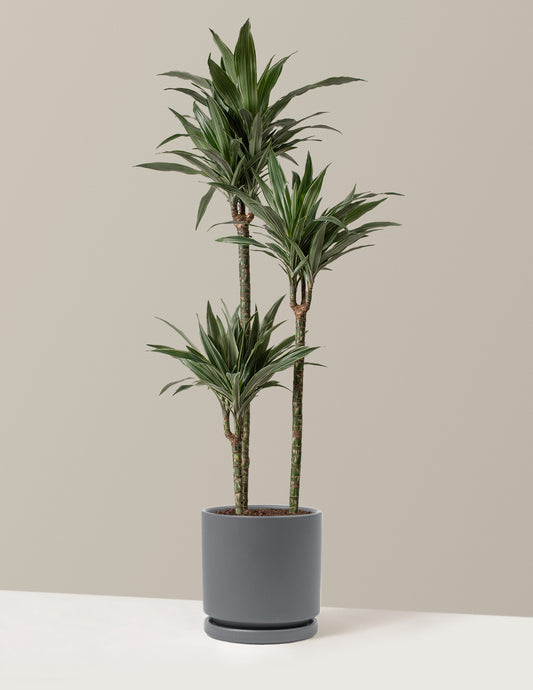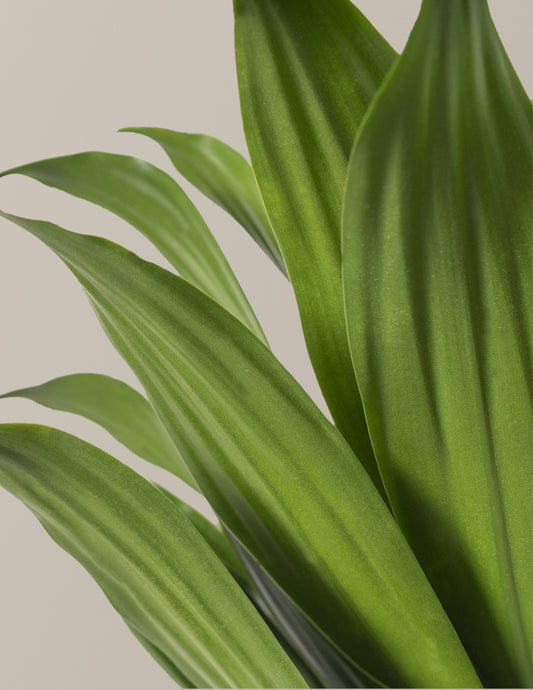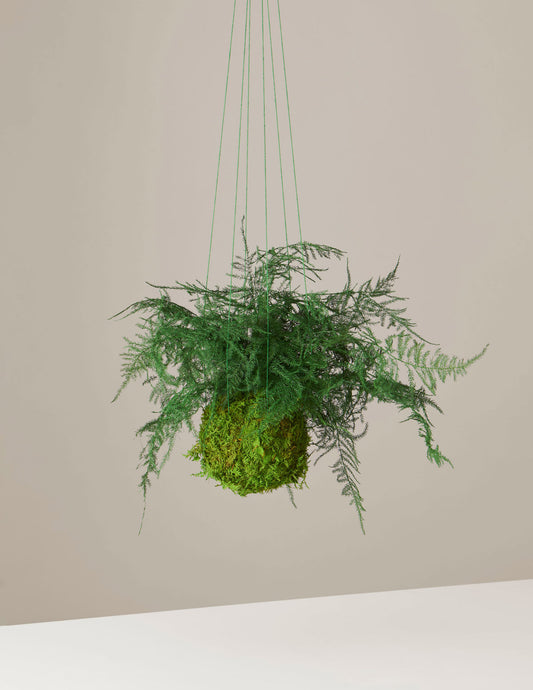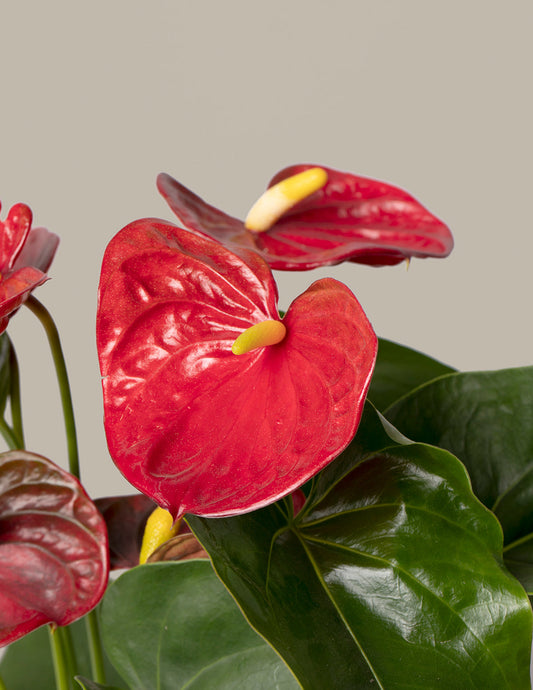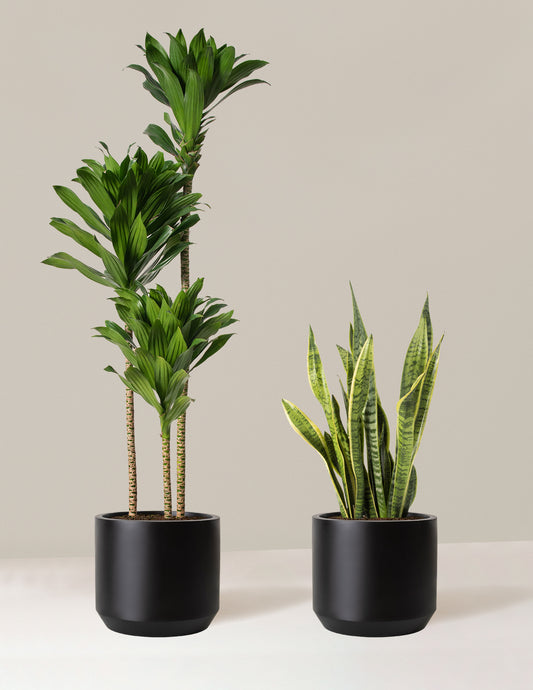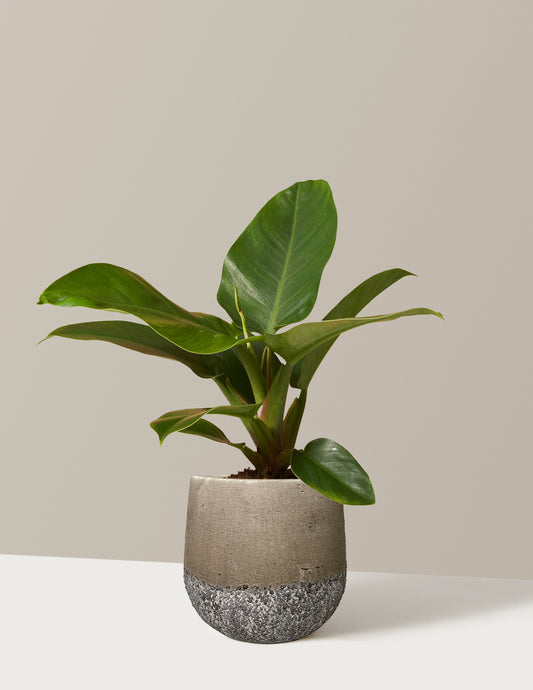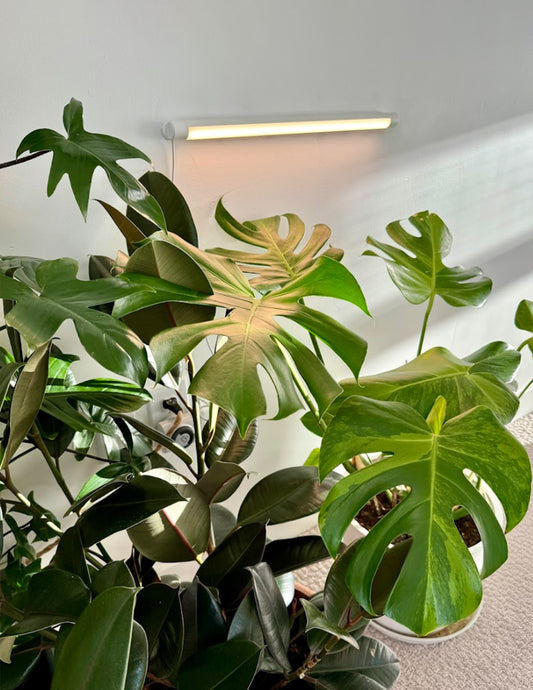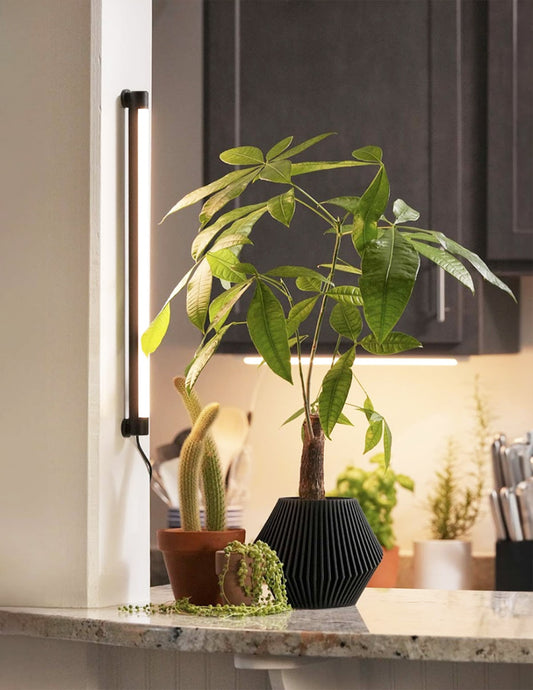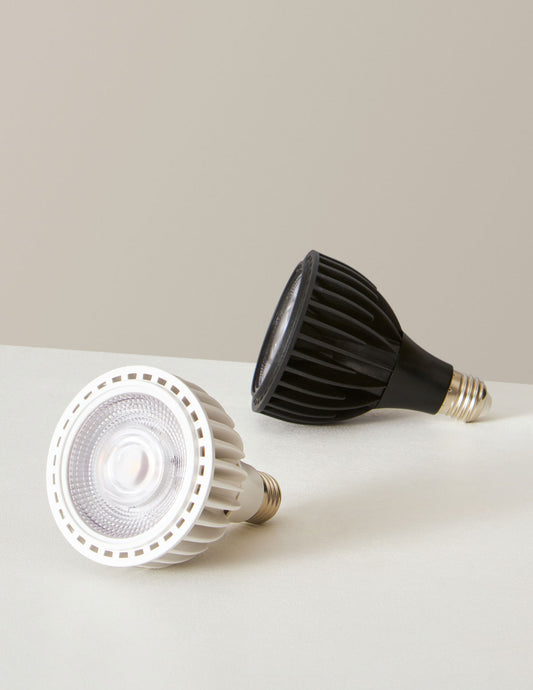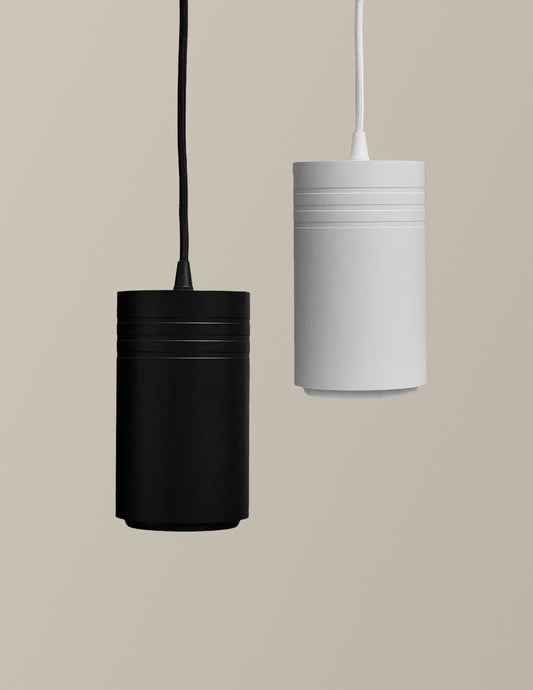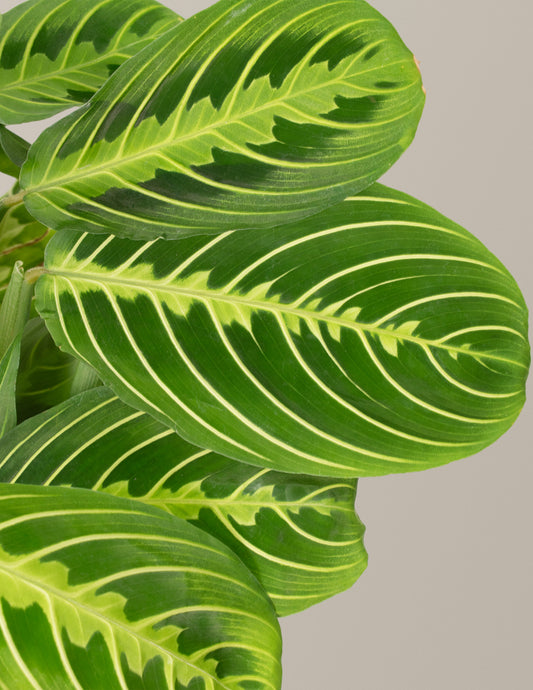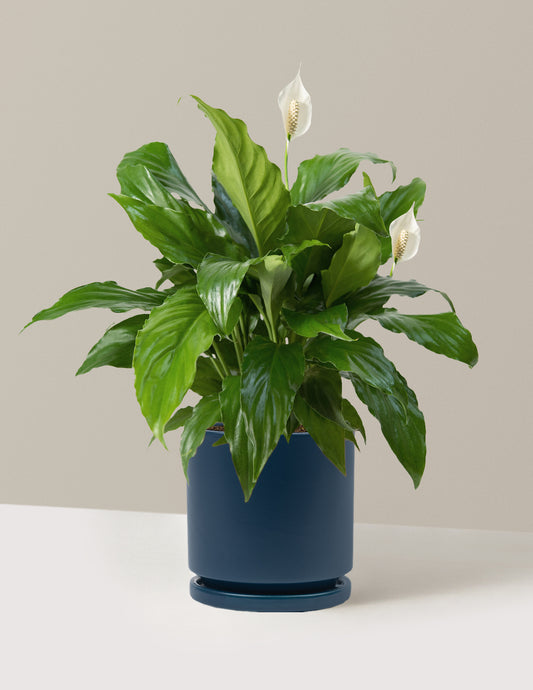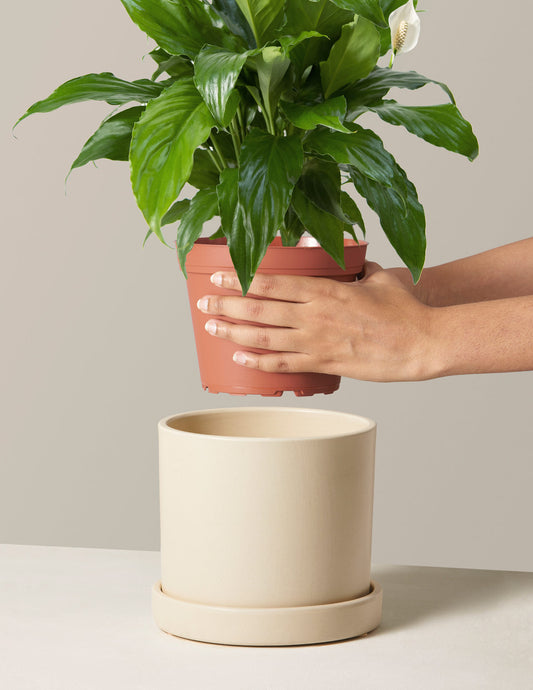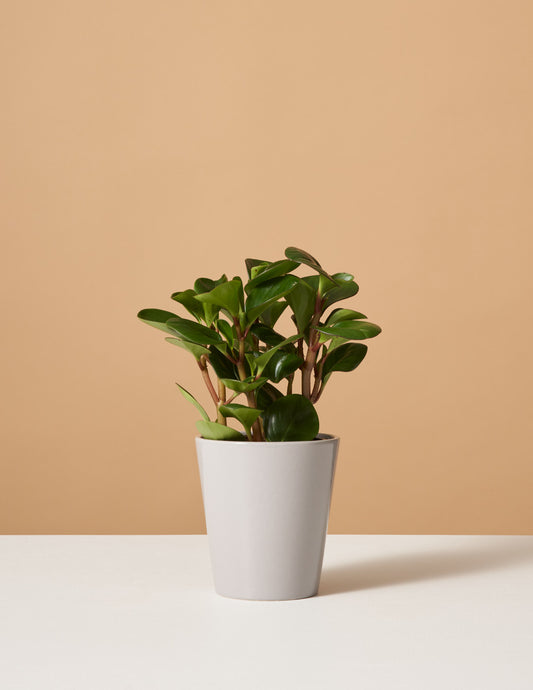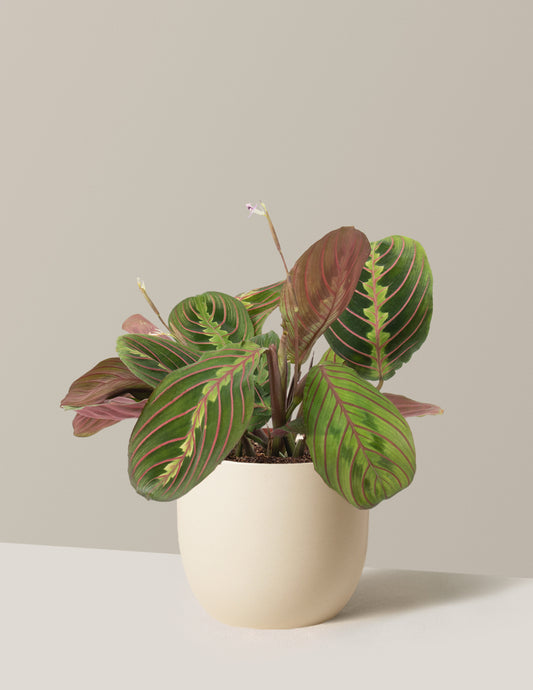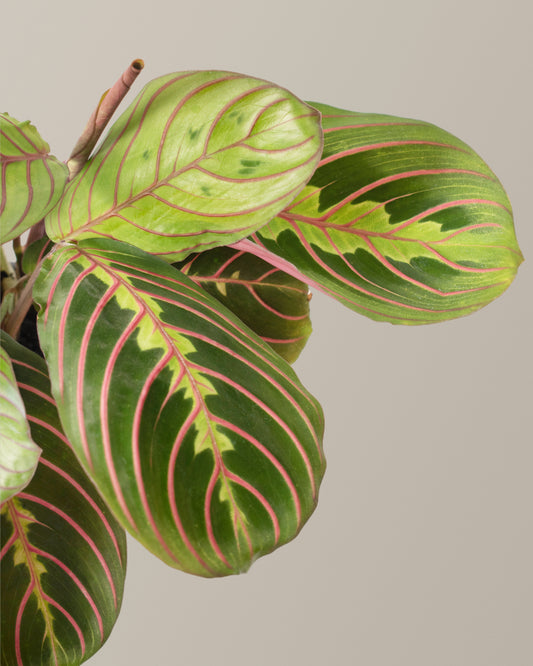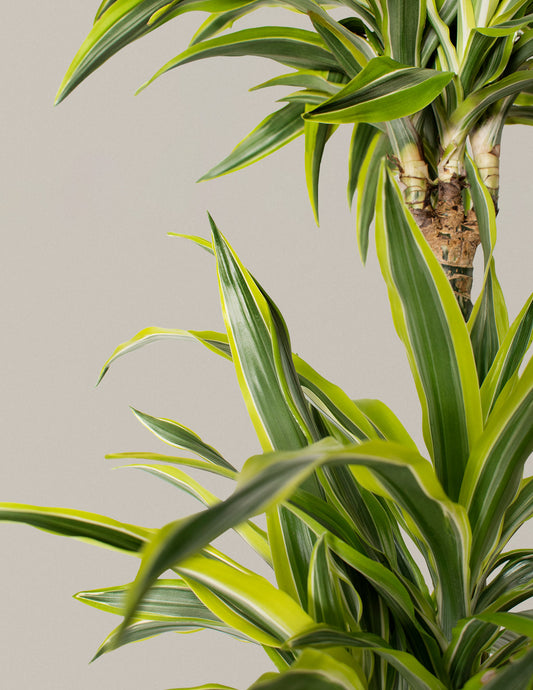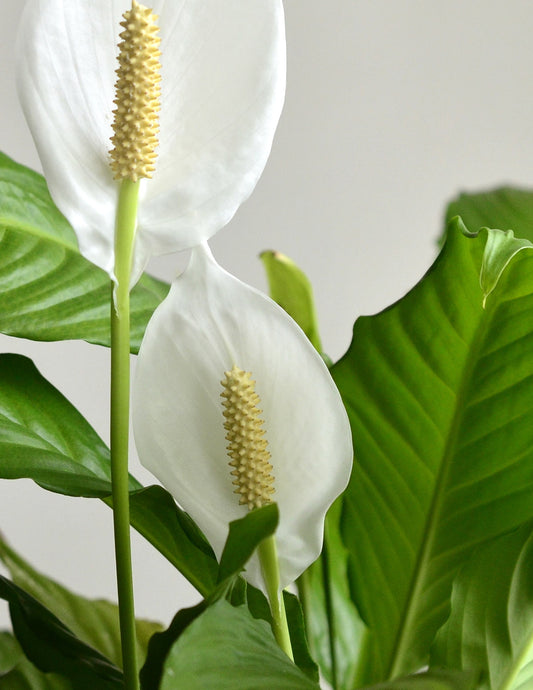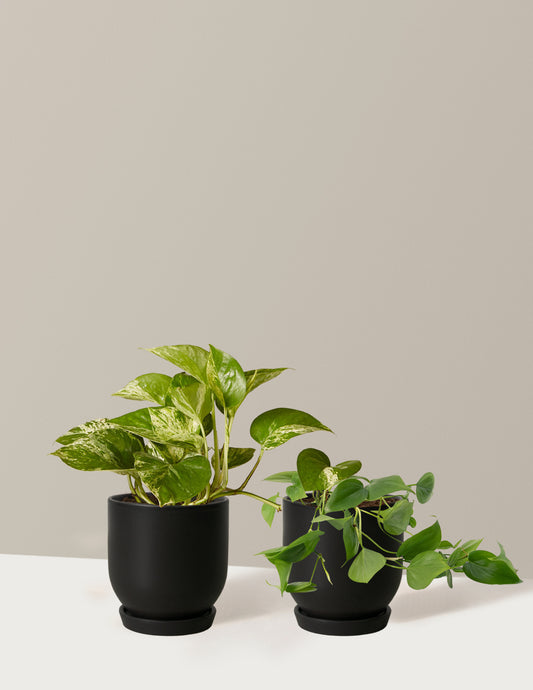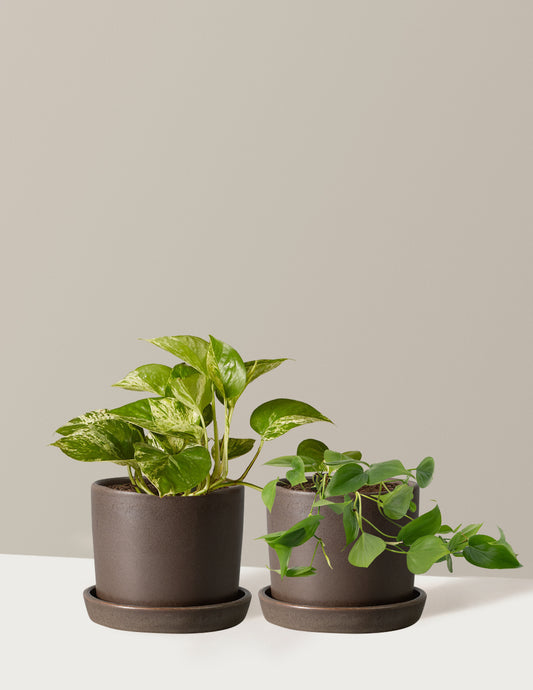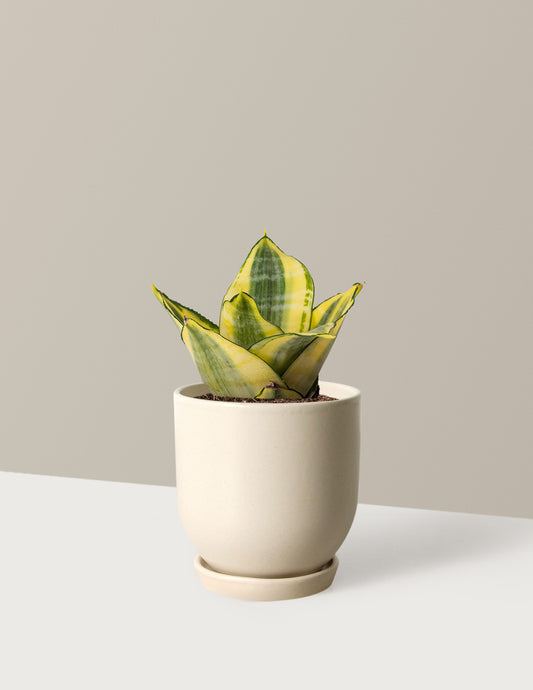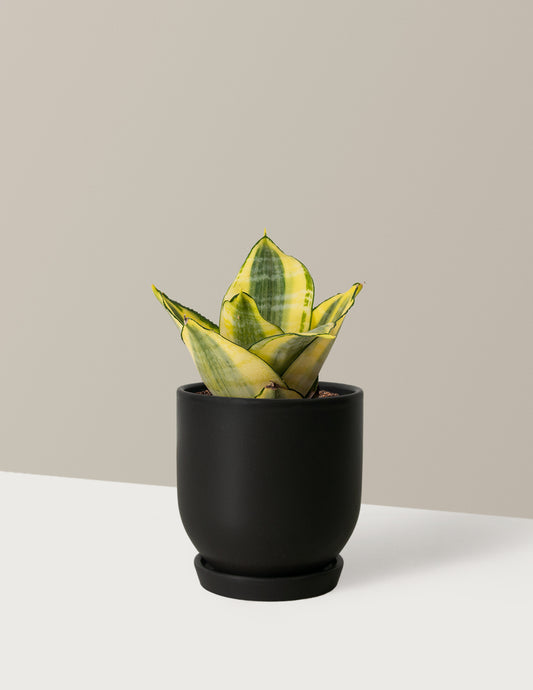Collection: Low-Light Tolerant Plants
Whether you’re looking for plants for a first floor apartment or office cubicle, these low light tolerant picks will survive the shade.
-
-
-
-
-
-
-
-
-
Best Seller
-
-
Pet-Friendly
-
-
-
-
-
-
New Arrival
-
-
Soltech Solutions
Vita Grow Light Bulb
LED grow bulb that supports the growth of your plantsFrom $85 -
-
-
Pet-Friendly
-
-
-
-
-
Back in Stock
-
-
-
Pet-Friendly
-
-
On Sale
-
-
Low-Light Tolerant Plants FAQ
What is considered low light for plants?
Low light refers to conditions with little sunlight. The plant should be far enough from a window where the sky is not visible but the light is still shining through it. A lack of sunlight provides less energy and nutrition. As seasons change, so does the amount of daylight. You will need to move your plant as the sun changes its position to adjust its exposure to the sunlight. Plants that grow in the shade outside are low-light plants. They still receive sunlight without being directly in it.
Do plants grow in the dark?
Plants can’t grow in complete darkness because they need light to survive. Like humans and animals, plants have a circadian rhythm that determines day and night. At night the plants use oxygen in place of photosynthesis to thrive and prepare for the next day. Darkness is necessary for plants so their metabolism can function appropriately.
How do you care for low-light plant?
Low-light plants do not need as much water as those that require full sunlight. You do not want to over-water your plant. The soil needs to be dry before you give it water. To avoid over-hydrating your plant, check for signs of thirst, such as wilted or curled leaves and stems and dry soil.
How do I know what light to use on my plants?
Not all plants require the same lighting. The amount and intensity of light vary per type of plant. Three different day lengths will help determine how much your plants get: Short-day plants, such as azaleas, can thrive on less than 12 hours of light per day. Long-term plants, or vegetable and flower seedlings, require between 14 and 18 hours of daily sunlight. Day-neutral plants, including foliage-type plants, only need eight to 12 hours of sunlight a day to survive. Blue light stimulates better growth while red light promotes flowering. Fluorescent lights are safer on plants because they put out less heat. LEDs cost more but very effective in plant health. They provide red and blue spectrums for both vegetation and flowering of plants. They do not have to be close to the plants to provide appropriate lighting.
What are Low-Light Plants?
Low-light plants do not need a lot of sunlight but require natural light coming in through windows and doors to survive. Plants that prefer outdoor shade still need adequate lighting while inside the home. Rooms facing the east or west provide better light than any other direction.
If it isn’t possible to place your plants in a room facing those directions, you must provide an appropriate plant light for them to survive indoors. Excessive light can burn the leaves or dry out the plant, stunting its growth. Too little light can inhibit chlorophyll production and cause wilting.

